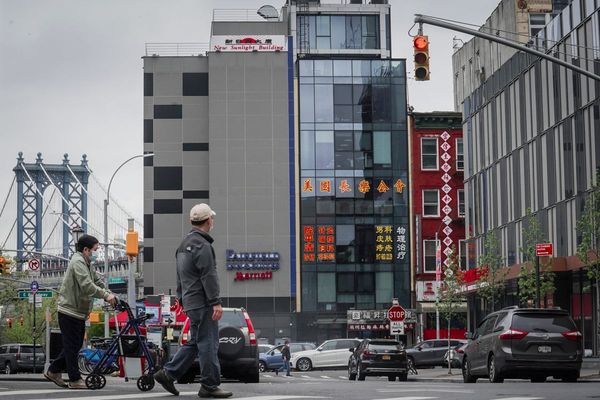
Such was the visceral hatred of Scott Morrison in much of the electorate that it’s possible nothing in the election campaign other than a major Labor blow-up would have enabled him to be reelected.
Polling showed that the Coalition vote barely shifted over the campaign, suggesting a large proportion of the electorate had made up its mind a long time ago.
But whatever chance the former prime minister had of attracting voters back to him was cruelled not merely by Labor’s failure to explode — despite the occasional Albanese stumble — but by the way he simply ran out of issues to campaign on.
The final campaign data provided by Isentia as part of Crikey’s Campaign Insights series demonstrates that Morrison’s plan to base his campaign on economic strength and national security fell apart almost immediately.
Over the course of the campaign the issues that dominated media coverage were those that were favourable to Labor: inflation, wages, aged care, health. Morrison’s preferred issues of a strong economy and national security — the only ones really left to him — in effect turned against him.
The Solomon Islands deal with China raised serious questions about the failure of his government to thwart Chinese expansionism in the Pacific, leaving the Coalition’s rhetoric on China hollow. Moreover, the aggressive language that Coalition figures like Peter Dutton employed in relation to China clearly alienated many Chinese-Australians.
National security ended up being the fourth most frequent issue in media coverage over the six-week campaign — but if anything it hurt the Coalition’s vote.
The same fate befell Morrison’s other crutch, the economy, albeit later in the campaign. Morrison wanted the economic discussion to be all about unemployment and that it was reaching historic lows. But the only economic issues that counted for voters and the media were inflation and rising interest rates.
The cost of living was by far the most common issue in campaign coverage, receiving more than twice as much coverage as any other. Interest rates came in third. The economic angle that was favourable to the government, unemployment, came in seventh, behind aged care, in Isentia’s data.
That left Morrison with little to talk about, even as Anthony Albanese expanded his campaign issues.
Morrison couldn’t campaign on his success in handling the pandemic, given the widespread view that he’d botched vaccines, COVID in nursing homes and rapid antigen tests. With health, aged care, climate, the NDIS and integrity all no-go areas, what could he talk about? Wages — the fifth most-covered issue — proved particularly problematic.
Cheered on by the media, Morrison tried to seize on Albanese’s commitment to real wage maintenance for low-paid workers as some sort of gaffe. It rapidly became clear the issue was a winner for Albanese, and Morrison — and much of the press gallery — had backed a loser. Within days, Morrison was forced to soften his language around wages growth.
In the end it was probably inevitable that Morrison would have to venture on to Labor territory for an issue to try to dominate the final week.
Super for housing dominated coverage for two days but vanished again — the press gallery preferred to obsess over the absurd kabuki of election costings.
Morrison had chosen poorly: super for housing looked like just another attack on super, and it didn’t take long to compile numerous quotes from key Liberals explaining that it would just drive house prices up. In this ideologically blinkered decision, Morrison helped kill off the careers of two of super’s biggest Liberal enemies, Tim Wilson and Jason Falinski, along with Josh Frydenberg, architect of the scheme to allow people to raid their super during the pandemic.
And while it took time to emerge, climate policy ended up being the second most-covered issue, not by dominating any particular part of the campaign (for example, the Solomons dominated the early weeks) but by being a consistent strong issue, particularly for the teal independents.
Although Morrison’s political style — and the deep alienation it produced in the electorate — accounted for so much of his downfall, it’s worth noting that his profound policy failures as a leader in the end trapped him in a campaigning dead-end. His failures on climate left the door wide open to independents and, in Brisbane, the Greens. It also played a role in his failure with the Solomons’ government, where his own overheated rhetoric about China exploded in his face.
His fiscal policy of pumping massive stimulus into the economy well after the pandemic was over pushed inflation higher and brought forward the Reserve Bank’s increase in interest rates. His failure to address housing affordability — having demonised Labor’s moderate and sensible negative gearing reforms in 2019 — left him badly exposed. His disastrous failure on aged care played into Labor’s hands. And his demonisation of an effective federal ICAC delivered another issue to independents and Labor.
Morrison’s problems of political style and his public persona were profound, but in the end they were surface issues. His incompetence, his poor judgment, his lack of understanding of what the job of prime minister entailed, doomed him at a much deeper level.
He was a disastrous prime minister for Australia and his own party. No one will miss him.







